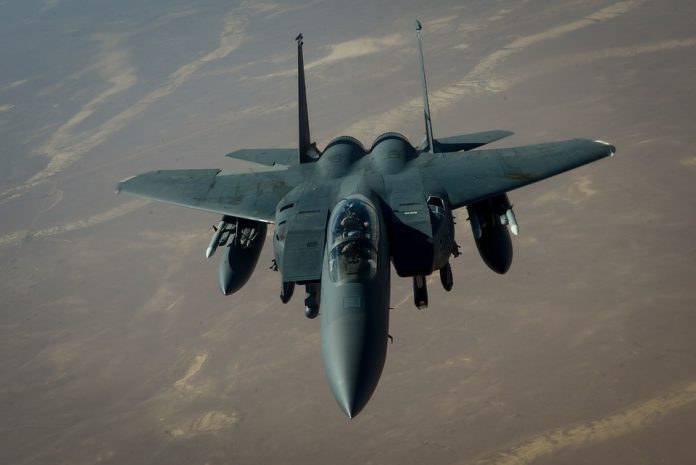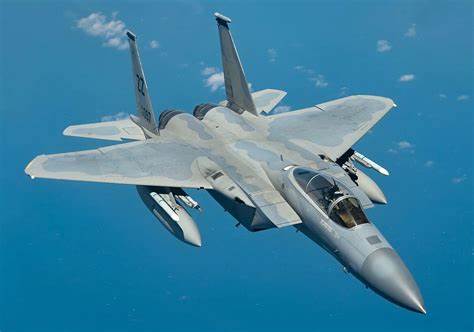
The F-15’s electronic warfare system provides both threat warning and automatic countermeasures against selected threats.The F-15’s adaptable pulse-Doppler radar system is capable of scanning high-flying targets above and low-flying targets below without interference from ground clutter.
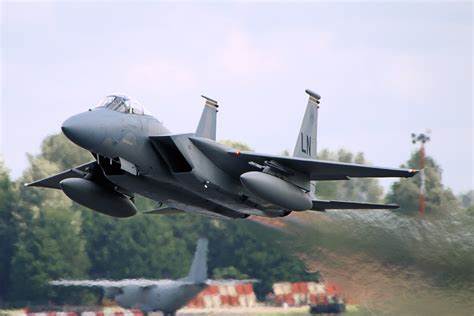
It is proficient in detecting and monitoring aircraft as well as small high-speed targets ranging from long distances to close proximity, and at altitudes as low as treetop level. Target data captured by the radar is relayed to the central computer for precise weapon deployment.
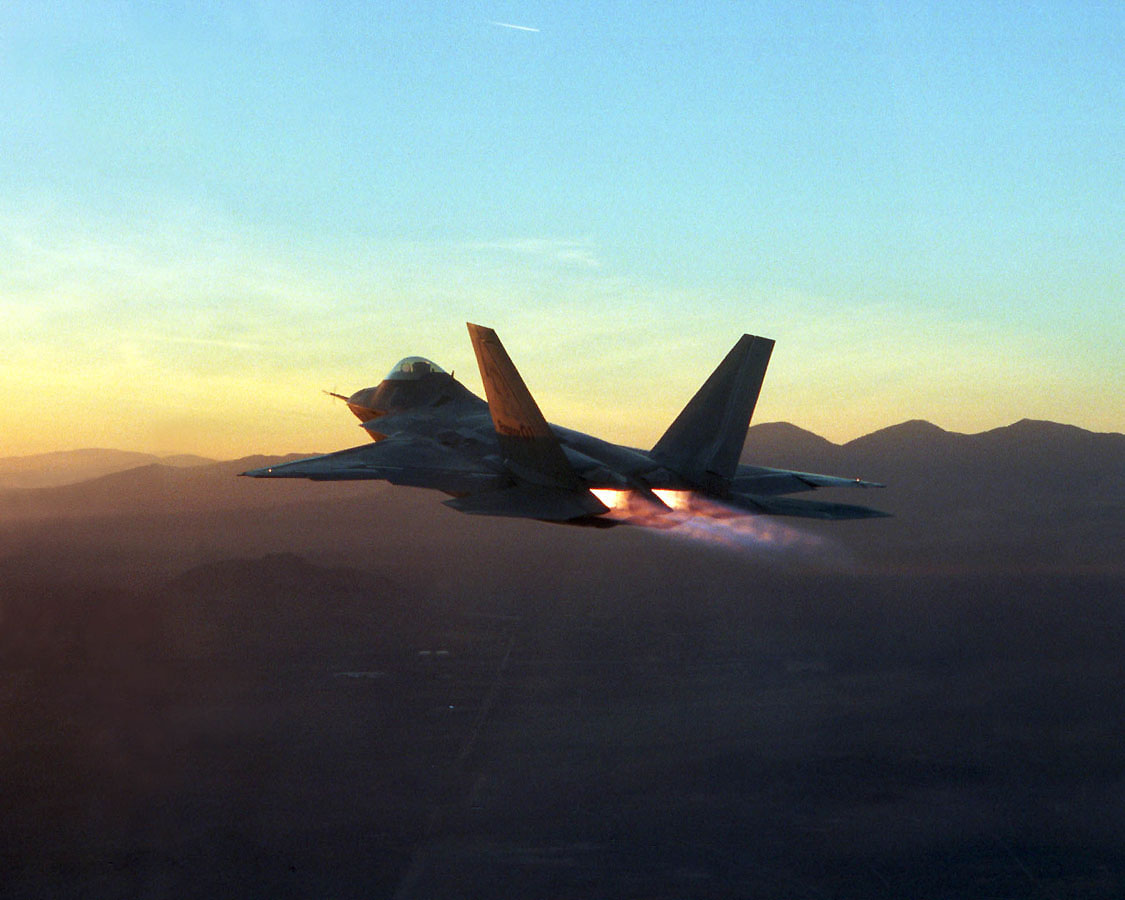
During close-range aerial combat, the radar instantly locks onto enemy aircraft, with this data displayed on the head-up screen. Additionally, the F-15’s electronic warfare system offers threat alerts and automatic countermeasures against specific dangers.

The initial F-15A flight occurred in July 1972, and the first two-seat F-15B (previously TF-15A) trainer flight took place in July 1973.
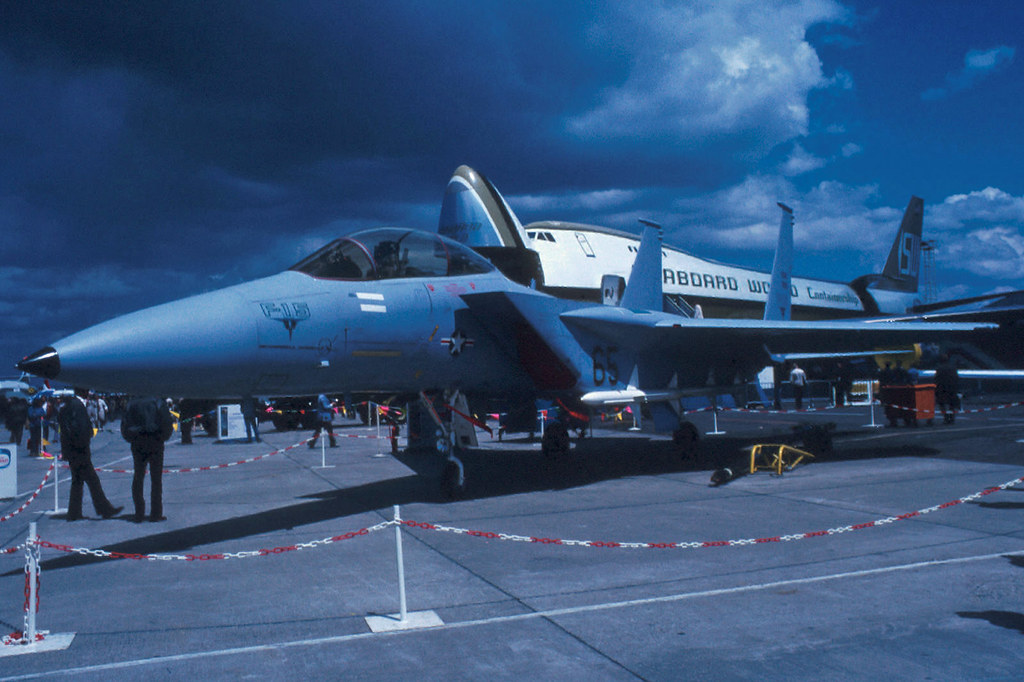
The initial Eagle (F-15B) was handed over in November 1974. In January 1976, the first Eagle intended for a combat squadron was delivered.
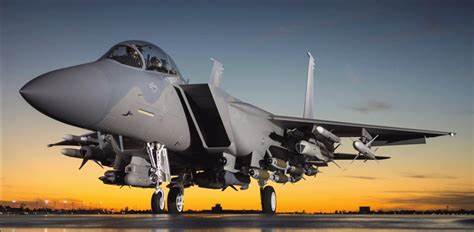
It also had an advanced AN/APG-63 radar system that allowed it to spot low-flying enemy aircraft 200 miles away.

The aircraft’s potent arsenal features AIM-9 Sidewinder missiles, AIM-120 AMRAAMs, and an internal 20mm Gatling gun for close combat.
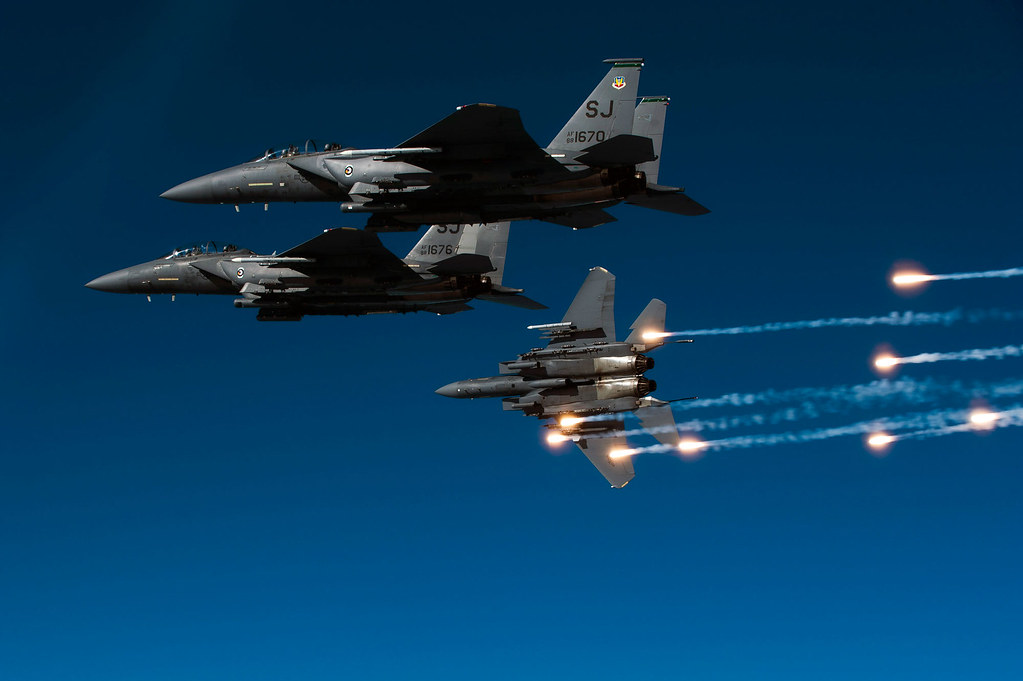
The first production model of the F-15E was delivered to the 405th Tactical Training Wing, Luke AFB, Arizona, in April 1988.

With the F-15E, the U.S. Air Force has a platform capable of all-weather, day, and night operations.

Equipped with advanced sensors such as the APG-70 radar and LANTIRN targeting system, providing unmatched ground attack precision.
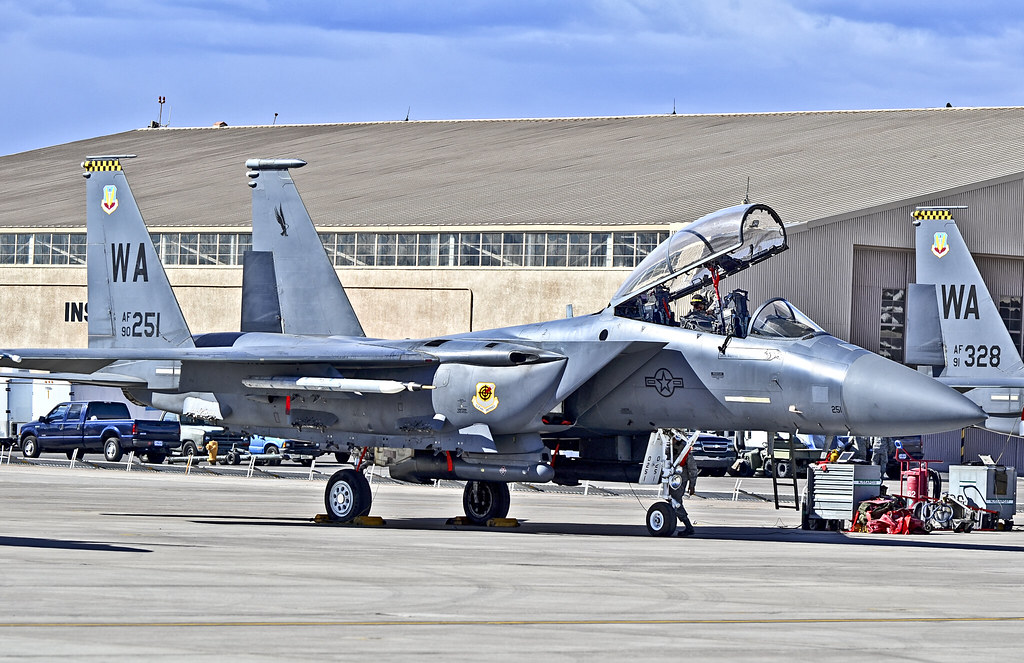
Throughout its distinguished service, the F-15 has been continually upgraded to maintain its edge.
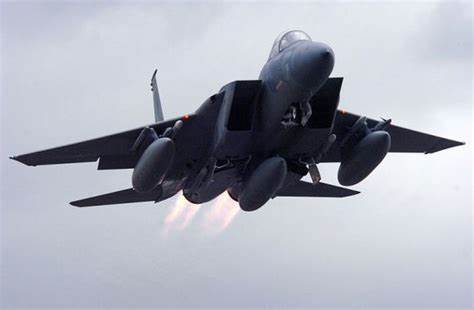
The Multistage Improvement Program, which began in 1983, introduced improvements such as an upgraded central computer, expanded Tactical Electronic Warfare Systems, and compatibility with newer missile variants.
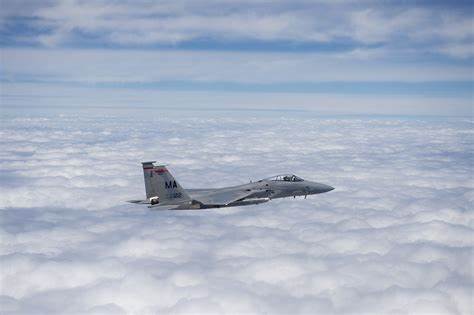
Deployments of F-15 variants have been pivotal for air expeditionary force deployments and operations Southern Watch (no-fly zone in Southern Iraq), Provide Comfort in Turkey, Allied Force in Bosnia, Enduring Freedom in Afghanistan, and Iraqi Freedom in Iraq.
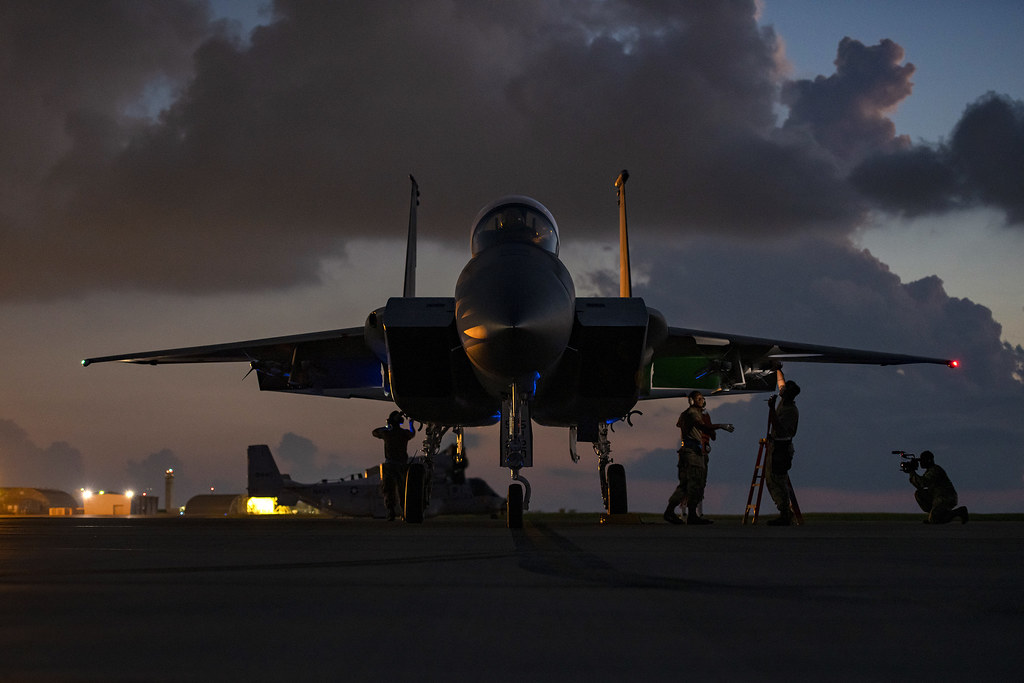
The F-15C, D, and E models notably achieved 34 air-to-air victories during Operation Desert Storm and played critical roles in various other operations, reaffirming the aircraft’s supremacy in combat.

AeroTime says, “Two F-15EX fighters [were] delivered [to the Air Force] by the end of the first quarter of 2021. Eight pre-production aircraft were ordered in July 2020, to allow the military and the manufacturer to test and fully define their applications. The USAF hopes to eventually acquire 144 F-15EX fighters.”
Relevant articles:
– 15 is the most badass U.S. fighter jet ever, Airborne ECS
– F-15 Eagle, AF.mil
– F-15E Strike Eagle, af.mil
– Badass Fighter Jet: What’s So Cool About The F-15?, simpleflying.com
